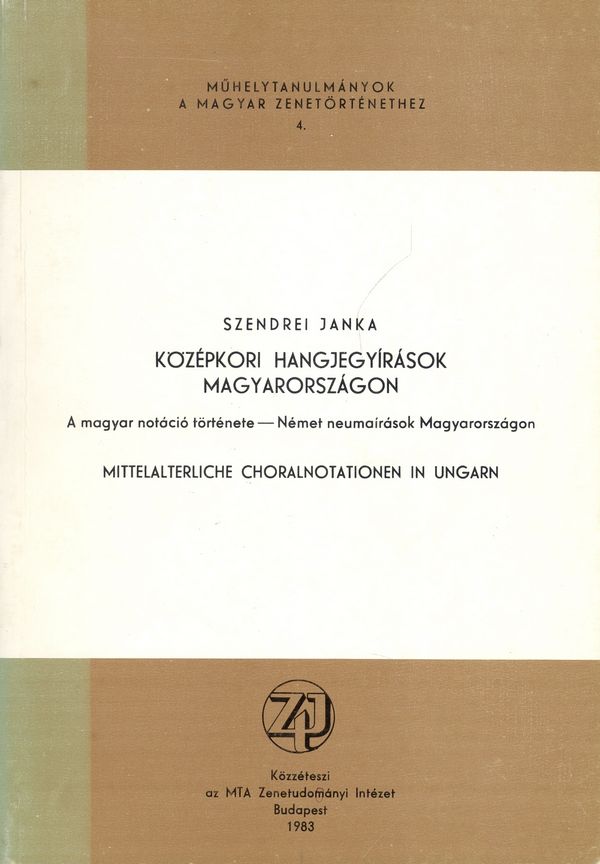Further details
The historical research into the medieval Gregorian source material is founded on two pillars: (1) liturgical and musical analysis of the extant codices, and (2) inspections, which pertinent to the field of musical palaeography. Exploring a source and examining its musical notation ‒ can provide immediate valuable data on the age, provenance and function of the book, the scribe’s schooling, and the liturgical customs of the given community, in a word, on all the elements of the literary and book culture of the period. As the palaeographic research can be separated easily from narrower “musical” analysis, palaeography (inspection of the musical notation) proves to be the area, which transmits the most remarkable interdisciplinary results for other branches of medieval studies.
Musical palaeography in Hungary looks back on rather short, but intense research activity in recent decades. Its development relates to comprehensive discovery of the Hungarian sources and to the impetus from international research. After the pioneer work of Kálmán Isoz, Frigyes Teller, Zoltán Falvy and Kilián Szigeti, in the 1960s, the systematic source studies of Benjamin Rajeczky, László Dobszay and Janka Szendrei paved the way to reconstructi and summarize the history of plainchant notations in Hungary. New analytical methods by Janka Szendrei brought a breakthrough in identifying the sources and in describing and distinguishing the various types of musical notation. This aroused immediate international interest: by the 1980s, the “Hungarian workshop” had risen globally to the top in the field of musical palaeography. Szendrei gave a detailed portrayal of each types of medieval Hungarian notations: one of her most outstanding findings is the identification and analysis of the calligraphic Esztergom notation (also called Hungarian notation) and its placing in a historical context. Her monograph, Medieval Musical Notation in Hungary (Műhelytanulmányok a magyar zenetörténethez 4. Budapest: MTA Zenetudományi Intézet, 1999), is an initial, but current summary of the topic.
At the same time, there exist some areas of medieval Hungarian notation practice, whose deeper historical examination, terminological definition, description, grouping and a broad exploration of its contact network (in Central Europe) have not performed. More detailed investigation is needed of late Gothicised musical notation, for example, or of cursive shorthand.
Inspection of newly found medieval source material (mainly codex fragments) also calls for renewed palaeographic examinations in Hungary, using modern tools. These include the exciting task of creating an overall collection of elements of notations, to display fully and quickly all the neums of the Hungarian chant sources and make them comparable and identifiable.











